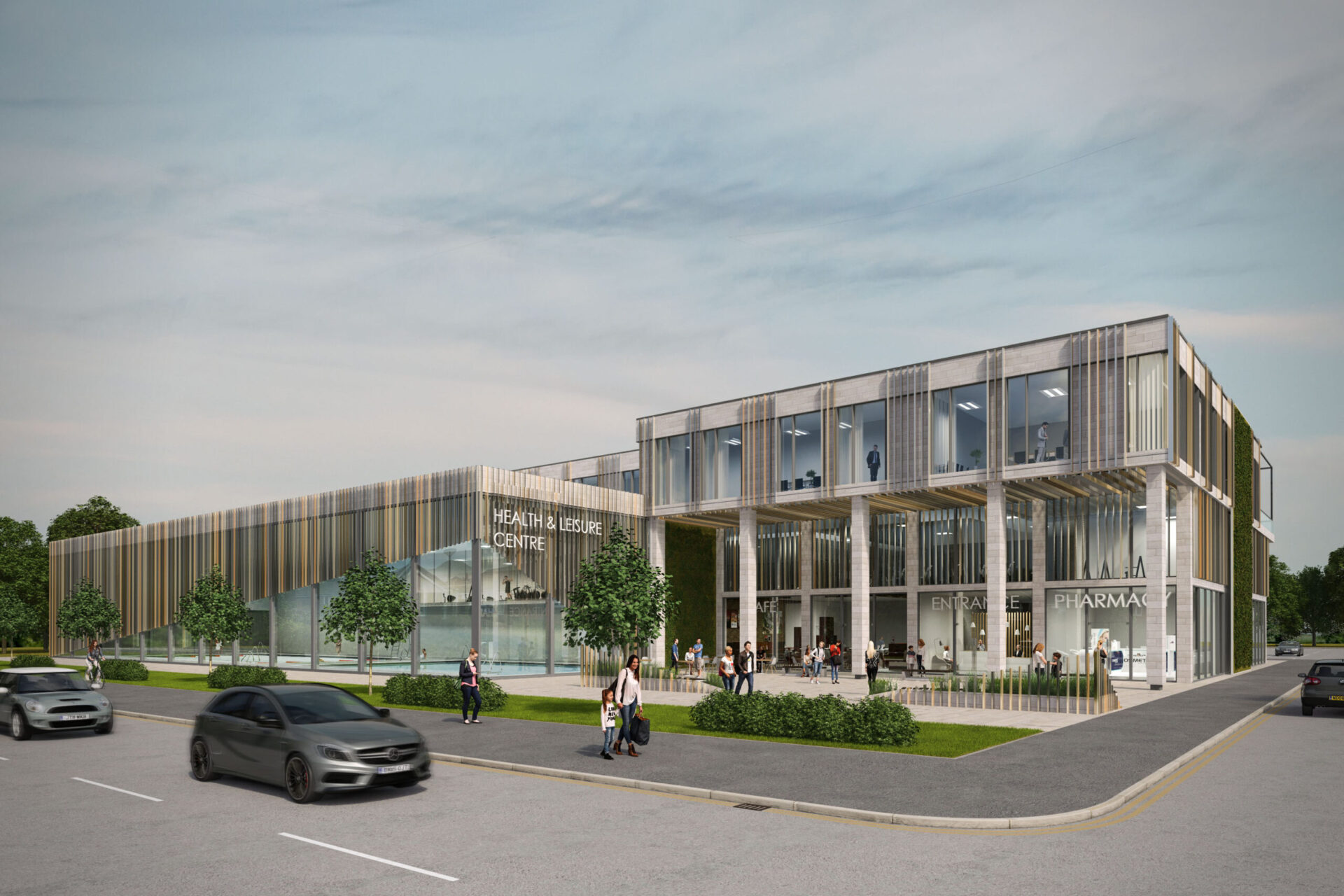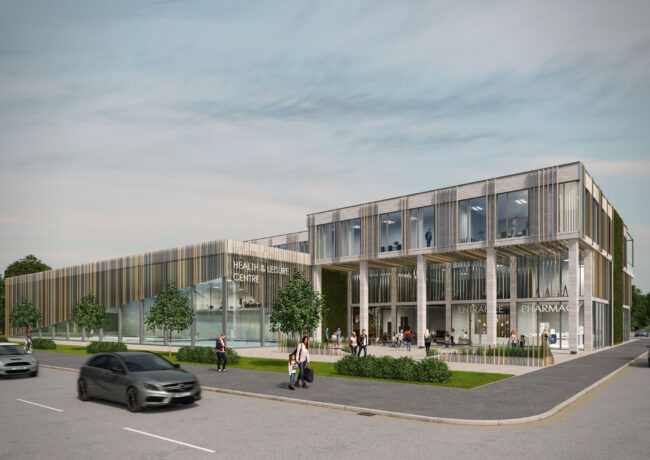RESOURCES | The benefits of proactive healthcare and the NHS long term plan

At this point of the year, our resolutions relating to health have either led to firmly established lifestyle changes or are already becoming just another well-intended memory, writes James Wilford of AFL Architects writes.
For some of us, existing health conditions will have been the limiting factor in both our ambitions and ability to make positive changes in the physical activity we are able to undertake.
The new generation of health centres across the country have the potential to change how we think about the way we look after ourselves. What if these centres could proactively unlock better lifestyles, rather than purely relying on reactive responses to already existing problems? How can people be better empowered to make these choices through the buildings we design?
Breaking Down Barriers to Accessibility
The incredible success of Parkrun in recent years shows that there is a demand for physical activity as an accessible, supportive social event that can be attended by everyone regardless of ability. Before the benefits of exercise can be experienced, barriers to participation need to be overcome.
My personal experience is that the correct medical intervention can be transformative. A change of doctor’s surgery led to the prescribing of alternative asthma medication, alongside encouragement to try and become more active by undertaking a Couch to 5K programme. From being breathless after even a few seconds of running, and never more regularly active than a brisk walk, I became a regular runner both for exercise and to my surprise, enjoyment.
The physical and mental benefits of regular activity are well documented, and New Year’s resolutions remind us that the ambition is there, but how can Primary Care better bring together the support, diagnosis and treatment to help us change our lives?
The Convenience and Social Benefit of Integrating Health and Leisure
Health and Wellness are used as interchangeable terms for both general practice and leisure facilities, but often without actual integration of both the medical and the activity aspects. The recent NHS Long Term plan addresses this issue and calls for an expansion on offering “social prescriptions” to patients like swimming, dancing, and art classes.
When primary care is directly integrated with leisure, both aspects can benefit. GPs can prescribe exercise, and with facilities adjacent, the virtuous connections can be emphasised. Those who need to seek help with injuries or health issues can benefit from the adjacency.
Where the co-location and genuine combination of such services takes place, the focus can be truly on an individual’s wellness in a holistic fashion.
A New Model of Proactive Healthcare
As architects with specialisms in both healthcare and sports and leisure, AFL Architects are in a unique position to provide expertise to clients on truly integrated extemporary facilities. With the increasing focus on localising NHS provision, and bringing diagnostic facilities closer to patients and out of hospitals, a new model of health, fitness and diagnostic facilities could create community hubs that can be visited for all aspects of wellbeing.
Few UK adults manage to achieve the recommended minimum levels of physical activity, with work and family commitments, even for those with no impediment to being more active the 150 minutes a week target can seem daunting enough to achieve. The greater the integration between sports facilities, healthcare, diagnostics, treatment, the better the chances for us all in succeeding in the aspiration of Public Health England for everybody to be active, every day.
This article was originally published on Place Resources.




